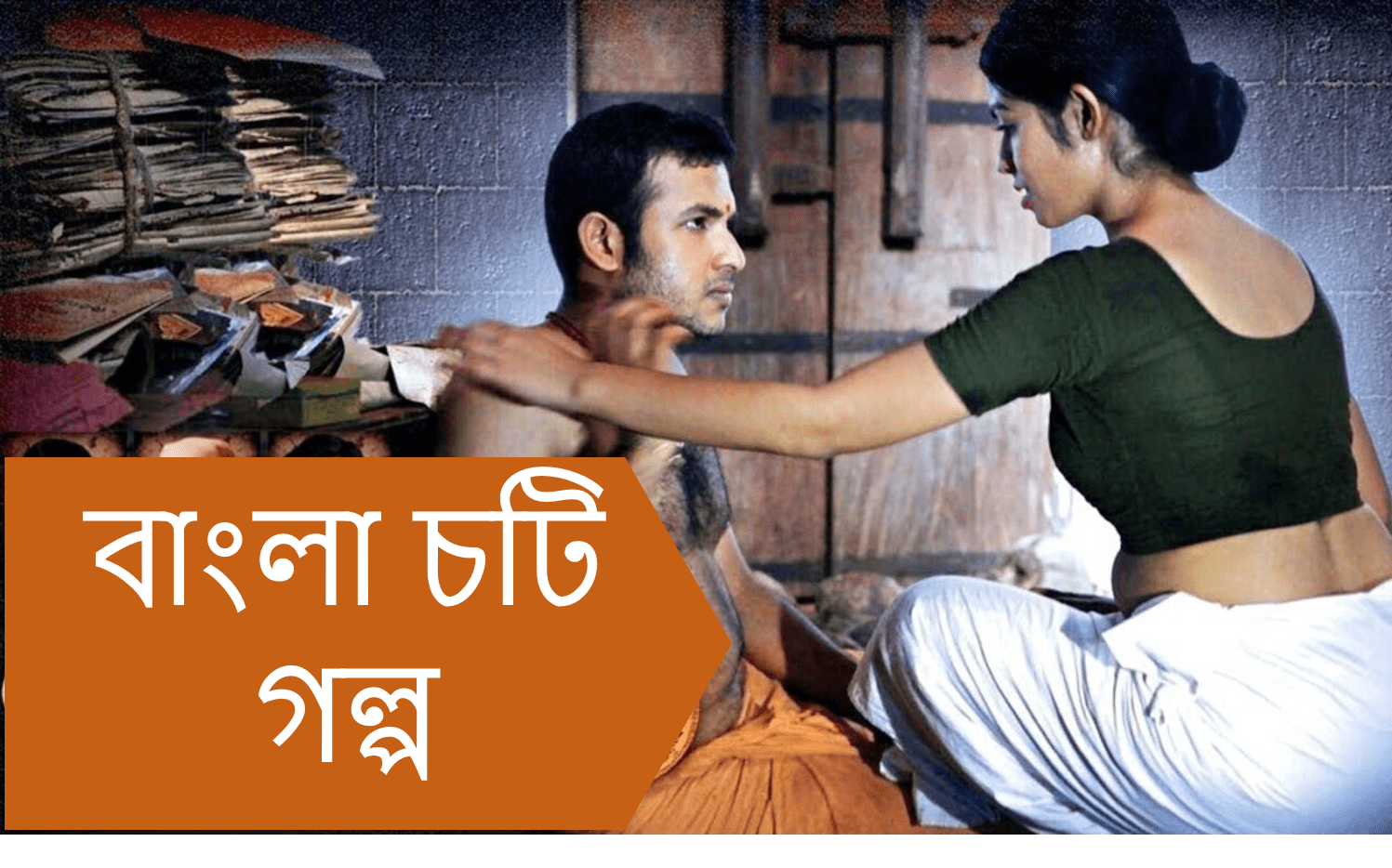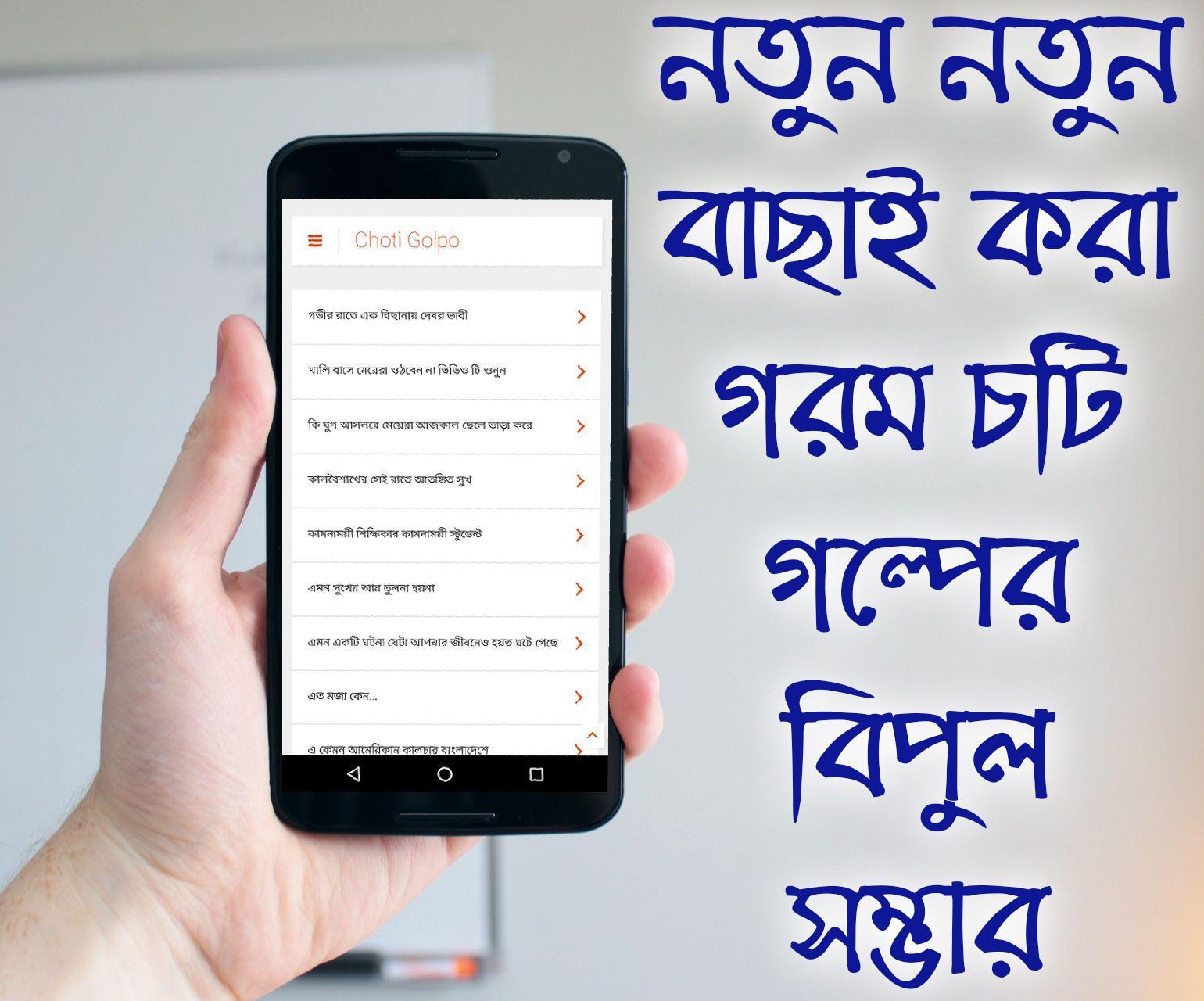Exploring Bengali Narratives: Language, Media, And Cultural Stories
The vibrant tapestry of Bengali culture is intricately woven with its rich storytelling tradition, a legacy that spans centuries and continues to captivate millions. From ancient folk tales to modern literary masterpieces, the art of narrative is deeply embedded in the identity of the Bengali-speaking world. This article delves into the fascinating realm of Bengali narratives, exploring the language that births them, the media that disseminates them, and the profound cultural impact they wield across the globe.
Understanding the essence of Bengali storytelling requires an appreciation for the language itself, a linguistic powerhouse that serves as the foundation for an incredibly diverse range of literary forms. We will journey through the prevalence of Bengali, its significant media landscape, and how these elements contribute to a thriving ecosystem of narratives that resonate with both native speakers and a wider international audience.
Table of Contents
- The Global Reach of Bengali Language
- A Legacy of Literature and Storytelling
- The Dynamic World of Bengali Media
- Regional Voices and Local Narratives
- Digital Frontiers: Bengali Online Presence
- Bengali Wikipedia: A Pillar of Knowledge
- Global Connections and Bengali Influence
- The Future of Bengali Narratives
The Global Reach of Bengali Language
Bengali, or Bangla, stands as one of the world's most spoken languages, a testament to its deep roots and widespread influence. It is native to the region of eastern South Asia, primarily spoken in Bangladesh and the Indian state of West Bengal, as well as parts of Tripura and Assam. The sheer scale of its speakers is astounding: there are about 250 million native speakers of Bengali, and another 41 million people speak it as a second language. This makes Bengali a truly global language, fostering a vast community connected by a shared linguistic heritage.
The historical journey of the Bengali language is rich and complex, evolving over centuries from ancient Indo-Aryan roots. Its distinctive script, lyrical quality, and expressive power have made it a fertile ground for literary and artistic expression. This linguistic prowess is the very bedrock upon which the entire edifice of Bengali narratives is built, allowing for a depth of emotion, cultural nuance, and philosophical inquiry that is unique to its literary tradition. The sheer number of speakers ensures a continuous demand for diverse storytelling, from daily news to intricate fictional works.
A Legacy of Literature and Storytelling
The tradition of Bengali narratives is as old as the language itself, stretching back to the Charyapada, mystical Buddhist songs from the 8th to 12th centuries. This foundational period gave way to a rich medieval era of devotional poetry, epic translations, and folk tales, often centered around religious themes and local legends. The 19th and 20th centuries, however, marked a golden age for Bengali literature, often referred to as the Bengali Renaissance.
During this period, literary giants like Rabindranath Tagore, the first non-European Nobel laureate in Literature, revolutionized Bengali storytelling with his poetry, novels, short stories, and plays. His works explored universal themes of love, nature, spirituality, and humanism, elevating Bengali literature to international acclaim. Other notable figures like Bankim Chandra Chattopadhyay, Sarat Chandra Chattopadhyay, and Kazi Nazrul Islam further enriched the landscape with their diverse contributions, ranging from historical novels and social commentaries to revolutionary poetry. This era firmly established Bengali as a language capable of profound literary expression, nurturing a legacy of narratives that continue to inspire and entertain.
Modern Bengali literature continues this vibrant tradition, with contemporary authors exploring new themes, genres, and narrative techniques. From psychological thrillers and detective stories to experimental fiction and poignant social dramas, the spectrum of Bengali narratives is incredibly broad. The enduring appeal of these stories lies in their ability to reflect the complexities of human experience, often rooted in the unique cultural and socio-political context of the Bengali-speaking world, yet resonating with universal truths.
The Dynamic World of Bengali Media
The media landscape in the Bengali-speaking world plays a crucial role in disseminating and shaping Bengali narratives. Newspapers, television channels, radio stations, and increasingly, digital platforms, serve as vital conduits for news, information, and a wide array of stories that reflect daily life, current events, and cultural trends. This robust media ecosystem ensures that the language remains dynamic and relevant in contemporary society.
The Power of Print: Bengali Newspapers
Print media, particularly newspapers, hold a significant place in the daily lives of Bengalis. A comprehensive list of Bangladesh newspapers and Bangla news sites includes prominent names like Bangladesh Pratidin, Bdnews24, Bd24live, and Bangla News 24. These publications are not merely sources of news; they are platforms for opinion, analysis, and often, serialized fiction and cultural commentary, further contributing to the tapestry of Bengali narratives. They provide a daily dose of current events, keeping millions informed and engaged.
In India, newspapers like Anandabazar Patrika and Bartaman from West Bengal hold similar sway. These newspapers often feature literary supplements, interviews with authors, and reviews of new books, fostering a continuous dialogue around Bengali storytelling and literature. The enduring popularity of print media underscores the deep-seated habit of reading and engaging with written narratives within Bengali culture.
Television and Radio: Reaching Every Home
Beyond print, television and radio play an indispensable role in delivering Bengali narratives to a broader audience. Numerous Bengali television channels broadcast news, dramas, talk shows, and films, reaching homes across Bangladesh, West Bengal, and the Bengali diaspora. Radio, too, remains a popular medium, especially in rural areas, offering news, music, and dramatic readings that bring stories to life through sound.
These broadcast media platforms are instrumental in popularizing literary works through adaptations, creating new forms of storytelling through original dramas, and providing a forum for discussions on cultural and social issues. They ensure that Bengali narratives are not confined to the written word but are experienced in diverse and accessible formats, maintaining their relevance in a rapidly evolving media landscape.
Regional Voices and Local Narratives
While major national newspapers dominate the headlines, the strength of Bengali media also lies in its regional diversity. Regional Bangla newspapers are sorted by cities, ensuring that local issues, concerns, and stories receive adequate coverage. This localized approach is crucial for capturing the nuances of diverse communities within the broader Bengali-speaking region.
These regional publications often highlight local traditions, festivals, community events, and the narratives of everyday people that might not find space in national dailies. They act as a mirror to the specific cultural identities and socio-economic realities of different districts and towns. This focus on local narratives enriches the overall Bengali storytelling tradition, providing a mosaic of experiences that reflect the rich diversity of the region. For instance, a newspaper from Sylhet might focus on the unique dialect and cultural practices of its region, while one from Chittagong might highlight its maritime heritage.
The existence of such a robust regional press underscores the importance of grassroots storytelling and information dissemination. It ensures that the voices from every corner of the Bengali-speaking world are heard, contributing to a more comprehensive and representative media landscape. This localized content often serves as a primary source of information and entertainment for residents, fostering a strong sense of community and shared identity.
Digital Frontiers: Bengali Online Presence
In the age of information, the Bengali language has made a significant leap into the digital realm, expanding the reach and accessibility of Bengali narratives. The internet has opened up unprecedented avenues for news dissemination, literary expression, and cultural exchange, ensuring that Bengali storytelling thrives in the 21st century.
Online News Portals: Instant Access to Information
The shift to digital platforms has revolutionized how Bengalis consume news. Websites like Bdnews24 and Prothom Alo (which provides "প্রথম আলোতে সারা বিশ্বের আজকের সর্বশেষ খবর, ব্রেকিং নিউজ, ছবি, ভিডিও প্রতিবেদন ও প্রধান প্রধান সংবাদ শিরোনাম দেখুন" - "See today's latest news, breaking news, photos, video reports, and major headlines from around the world on Prothom Alo") offer instant updates, breaking news, and in-depth analyses. These online portals are not just digital versions of their print counterparts; they are dynamic platforms featuring multimedia content, live reports, and interactive sections. They ensure that Bengalis, wherever they are in the world, can stay connected to their homeland and its unfolding narratives.
The immediacy of online news has transformed the way information travels, making it possible for significant events and stories to reach millions within minutes. This digital presence also fosters greater public engagement, with comment sections and social media integration allowing readers to share their views and participate in discussions, further enriching the public discourse around various narratives.
Blogs, E-books, and Social Media: New Avenues for Storytelling
Beyond traditional news, the internet has become a fertile ground for new forms of Bengali narratives. Independent blogs, online literary magazines, and platforms for self-published e-books have given a voice to emerging writers and provided a space for experimental storytelling. Social media platforms, too, are buzzing with Bengali content, from short stories and poetry to personal anecdotes and cultural commentary. This democratization of content creation has significantly broadened the scope and diversity of Bengali narratives available to the public.
The digital space has also facilitated the growth of a vibrant Bengali diaspora community, allowing individuals living abroad to stay connected to their linguistic and cultural roots. Online groups, forums, and content creators cater specifically to this global audience, ensuring that Bengali storytelling transcends geographical boundaries and continues to evolve in a globalized world.
Bengali Wikipedia: A Pillar of Knowledge
In the digital age, the role of collaborative knowledge platforms cannot be overstated, and Bengali Wikipedia stands as a prime example of this. বাংলা উইকিপিডিয়া হলো উইকিমিডিয়া ফাউন্ডেশন পরিচালিত উইকিপিডিয়া নামক উন্মুক্ত অনলাইন বিশ্বকোষের বাংলা সংস্করণ। (Bengali Wikipedia is the Bengali version of the open online encyclopedia named Wikipedia, operated by the Wikimedia Foundation.) This platform is a monumental effort in documenting and disseminating knowledge in the Bengali language.
This version was launched on 27 January 2004, and since then, it has grown exponentially, becoming an invaluable resource for students, researchers, and anyone seeking information in Bengali. It covers a vast array of topics, from science and history to culture and current events, all contributed and curated by a global community of volunteers. Bengali Wikipedia serves not just as an encyclopedia but also as a repository of Bengali narratives, documenting biographies of prominent figures, historical events, and cultural phenomena, thus preserving and making accessible countless stories for future generations.
The existence and continuous growth of Bengali Wikipedia underscore the vitality of the language in the digital sphere and the commitment of its speakers to knowledge sharing. It exemplifies how collaborative efforts can create a robust and reliable source of information, further solidifying the presence of Bengali in the global digital landscape and ensuring that its narratives are well-documented and easily discoverable.
Global Connections and Bengali Influence
The reach of Bengali narratives and the influence of Bengali culture extend far beyond the geographical confines of South Asia. The Bengali diaspora, spread across continents, carries with it a deep connection to its language and heritage, ensuring that Bengali storytelling continues to thrive in diverse global settings. This global presence also leads to interesting cross-cultural exchanges and influences.
An example of this global connection can be seen in the news about figures like Tulip Siddiq, a British Labour and Co-operative Party politician who has expressed a desire to meet Yunus, as reported by The Guardian. While this specific interaction relates to politics and international relations, it highlights how individuals of Bengali heritage are making significant contributions on the global stage, often maintaining ties to their roots. Such connections, whether political, cultural, or artistic, contribute to the broader narrative of Bengali influence worldwide.
Furthermore, Bengali literature and films are increasingly gaining international recognition, with translations and screenings introducing Bengali narratives to new audiences. Festivals, cultural events, and academic studies dedicated to Bengali language and literature are held globally, fostering a greater appreciation for its rich storytelling tradition. This outward flow of cultural influence ensures that Bengali narratives are not just preserved but also celebrated and understood by a global community, enriching the world's diverse tapestry of stories.
The Future of Bengali Narratives
The landscape of Bengali narratives is dynamic and ever-evolving, poised for continued growth and innovation. As technology advances and global connectivity strengthens, the avenues for Bengali storytelling are expanding in exciting ways. The fusion of traditional literary forms with modern digital platforms promises a vibrant future for Bengali narratives, reaching new audiences and exploring uncharted creative territories.
The younger generation of Bengali writers and content creators is increasingly leveraging social media, streaming platforms, and interactive digital formats to tell their stories. This includes everything from web series and podcasts to graphic novels and interactive fiction, all rooted in the rich linguistic and cultural heritage of Bengali. This embrace of new media ensures that Bengali narratives remain relevant and engaging for contemporary audiences, particularly the youth.
Moreover, the growing interest in regional languages and cultures globally suggests a bright future for Bengali literature and media on the international stage. As more works are translated and more collaborations emerge, Bengali narratives are set to gain even greater recognition and appreciation worldwide. The enduring power of the Bengali language, coupled with the creativity of its storytellers and the robust support of its media, guarantees that the captivating world of Bengali narratives will continue to flourish for generations to come.
Conclusion
From the ancient verses that whispered through time to the breaking news headlines flashing across digital screens, the world of Bengali narratives is a testament to the enduring power and beauty of the Bengali language. With about 250 million native speakers and a thriving media ecosystem encompassing newspapers like Bangladesh Pratidin and online giants like Prothom Alo, Bengali storytelling is a vibrant, living tradition. The invaluable contributions of platforms like Bengali Wikipedia further solidify its presence in the global knowledge sphere, ensuring that its rich cultural heritage is accessible to all.
The journey through Bengali narratives reveals a profound connection between language, literature, and identity. It highlights how stories, in their myriad forms, shape our understanding of the world and connect us across generations and geographies. We encourage you to explore the vast and captivating world of Bengali literature, media, and culture. Share your favorite Bengali authors or stories in the comments below, or perhaps discover a new read from the wealth of resources available. Your engagement helps keep these vital narratives alive and thriving!

Bangla Choti Golpo | বাংলা চটি গল্প - Bangla Story

Bangla Choti Golpo APK for Android Download

Bangla Chuda Chudir Golpo - Bangla Choti